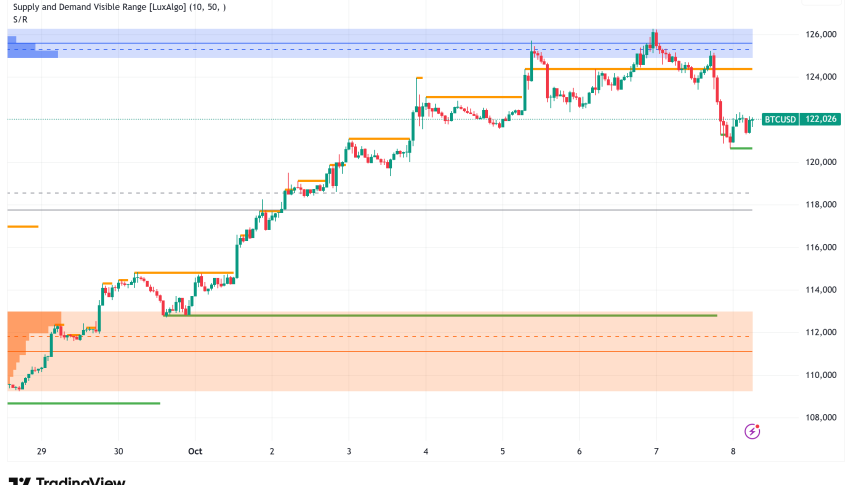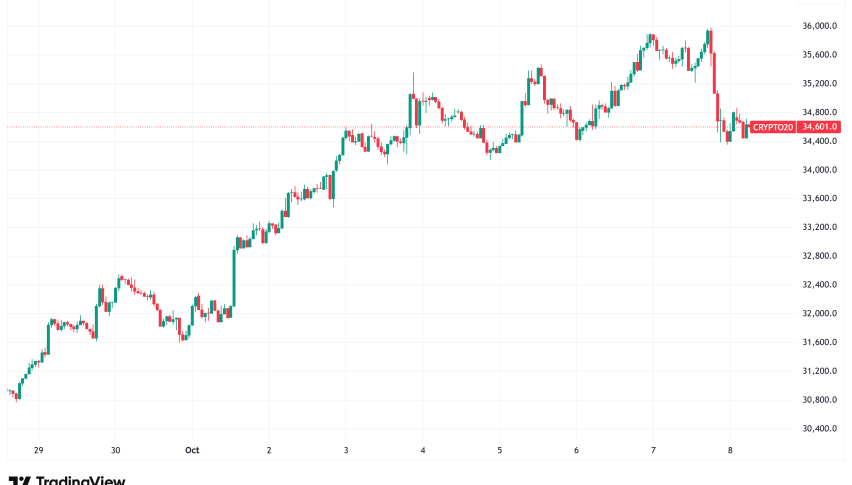Forex Signals October 8: RBNZ Cuts Interest Rates 50 bps, FOMC Minutes Later
Markets slipped modestly on Tuesday as profit-taking hit tech stocks and gold’s rally briefly stalled, while investors now turn their attent
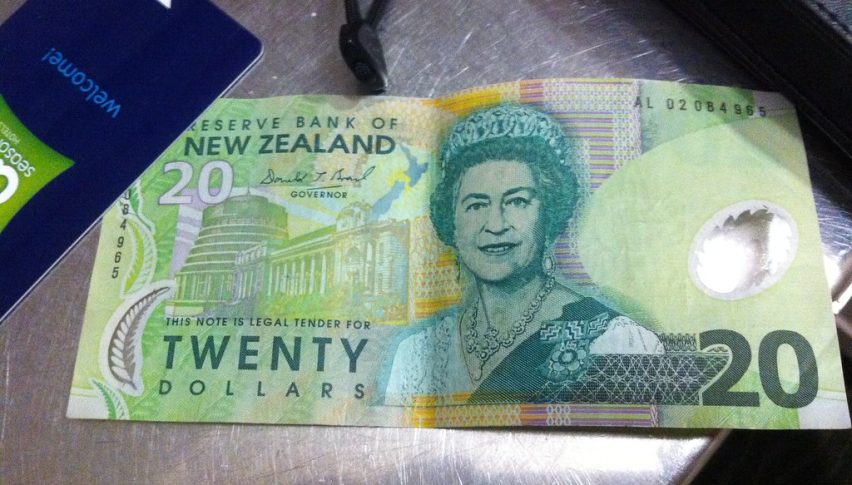
Quick overview
- Markets experienced a modest decline on Tuesday due to profit-taking in tech stocks and a brief stall in gold's rally.
- Investors are focusing on upcoming policy updates from the Reserve Bank of New Zealand and the Federal Reserve, which are expected to influence currency and rate markets.
- Gold prices fluctuated significantly, reaching a record high before experiencing a pullback, while Bitcoin fell to around $120,000 after recent highs.
- The USD/JPY pair rose to its highest level since February, driven by shifts in safe-haven assets and Japan's new prime minister's dovish stance.
Live BTC/USD Chart
NZD slipped as RBNZ cuts cash rate by 50bp, against 25 bps expected, while investors now turn their attention to policy updates from the Federal Reserve.
Tech Selloff Sparks Market Reversal
Tuesday’s session started on a quiet note as the US government shutdown dragged on with no signs of progress. A report by The Information about how Nvidia’s chip rental business was squeezing margins changed the tone entirely. Nvidia and other tech giants gave up earlier gains, leading to a wave of profit-taking across risk assets. Gold also dipped briefly on the news but quickly rebounded to recent highs, underscoring its resilience even amid short-lived selloffs.
The tech-driven pullback weighed on broader equity markets, leaving US stocks slightly lower by the close. Cryptocurrencies also edged down, with Bitcoin slipping near $120,000 after having recently touched $126,000.
Shifts in Currencies and Safe-Haven Assets
The selling in equities sparked a modest flight to safety, giving a lift to US Treasuries and the dollar. Interestingly, the yen failed to join the safe-haven rally, instead weakening further after Japan’s newly appointed prime minister signaled a fiscally dovish stance. The USD/JPY pair rose to its highest level since February.
In North America, attention shifted to Canada, where optimism grew around discussions between former Bank of England Governor Mark Carney and former President Trump. Canadian Trade Minister LeBlanc hinted at constructive talks on steel, aluminum, and energy but noted that details are still being finalized.
Key Forex Events to Watch Today: Focus Shifts to Central Banks
Investors are now turning to upcoming central bank updates, which are expected to drive near-term currency and rate market moves.
RBNZ Surprises with Aggressive Rate Cut
The Reserve Bank of New Zealand (RBNZ) delivered a sharper-than-expected policy move today, lowering the Official Cash Rate (OCR) by 50 basis points to 2.5% from 3.0%. Markets had largely priced in a more modest 25bp reduction, making the decision a significant surprise that immediately weighed on the NZD/USD, which slipped following the announcement.
No press conference was scheduled for this meeting, leaving the statement and accompanying minutes as the only insights into policymakers’ thinking.
Central Bank Statement: Inflation Outlook and Policy Stance
In its statement, the Monetary Policy Committee (MPC) acknowledged that inflation is currently at the upper edge of the 1–3% target band but projected that price pressures will gradually return toward the 2% mid-point by the first half of 2026.
The Committee stressed that it remains open to further rate cuts if necessary to ensure inflation settles sustainably near the 2% goal. While near-term inflation risks remain elevated, policymakers believe that ongoing economic spare capacity will help moderate price growth over the medium term.
Economic Backdrop: Weak Activity and Persistent Risks
The RBNZ highlighted that economic activity through mid-2025 has been weak, with signs of spare capacity in the economy adding downward pressure on inflation. However, officials also cautioned that inflation could prove more persistent in the near term, underscoring the delicate balance they face between supporting growth and maintaining price stability.
The bank noted both upside and downside risks to the inflation outlook, emphasizing that monetary policy will remain data-dependent in the months ahead.
Insights from the Minutes: The Case for a 50bp Cut
Minutes from the meeting revealed that policymakers debated between a 25bp and a 50bp cut. The decision to opt for the larger reduction was driven by concerns over prolonged spare capacity and its potential to weigh on medium-term economic activity and inflation.
The Committee also reiterated that financial conditions are influenced not just by the current OCR but also by expectations for its future path, implying that today’s move was intended to signal a more accommodative stance going forward.
Market Reaction
The unexpected size of the cut sparked an immediate selloff in the New Zealand dollar, as traders recalibrated expectations for future monetary easing. The lack of a press conference added an element of uncertainty, leaving markets to parse the statement and minutes for clues on the RBNZ’s next moves.
FOMC Minutes Release (Wednesday)
The Federal Reserve’s September decision saw a 25bps rate cut to a range of 4.00–4.25%, reflecting a shift in risk assessment. Key Fed officials—including Bowman and Waller—backed the smaller move, while the newly appointed Governor Miran dissented, favoring a deeper 50bps reduction.
The updated projections showed mixed views on the path ahead: nine of 19 members expect two additional cuts in 2025, two expect one more cut, while six see no further reductions. Interestingly, one member projected rates 25bps above current levels, while Miran’s outlook placed year-end rates at 2.75–3.00%, significantly lower than today’s levels.
The statement also featured nuanced language changes, softening its labor market description and acknowledging slower job gains and a slight rise in unemployment. Inflation forecasts for the current year held steady, while 2025 projections for PCE and core PCE were raised due to ongoing price pressures.
Last week, markets were quite volatile again, with gold soaring above $3,900. EUR/USD continued the pullback move toward 1.16 while main indices closed higher again. The moves weren’t too big though, and we opened 35 trading signals in total, finishing the week with 23 winning signals and 12 losing ones.
Gold One Step Closer to $4,000
Although demand for safe haven assets is still high, gold fell precipitously from record highs following the Fed’s most recent rate decrease as profit-taking was prompted by Powell’s cautious tone. Earlier this week, gold jumped beyond $3,700 and reached $3,707.42 following the Federal Reserve’s announcement of a 25 basis point rate decrease to 4.25%. But the impetus soon waned, and prices dropped back to $3,627, a $80 decline from the new all-time high. As traders locked in profits after the rally driven by dovish predictions, there was a sudden fall but buyers returned on Friday pushing the price $60 higher. Yesterday buyers continued to push and XAU reached another record high at $3,992 where it closed the US session.
USD/JPY Breaks Above the Range After the New BOJ Governor
Foreign exchange markets saw sharp swings. Early in the week, U.S. yield differentials and Japanese capital outflows pushed the dollar above ¥150, but disappointing U.S. jobs data triggered profit-taking, causing the USD/JPY to slide by four yen from its peak. However, the new BOJ governor the JPY has weakened and USD/JPY soared to 152.
USD/JPY – Weekly Chart
Cryptocurrency Update
Bitcoin Falls to $120K Lows
Cryptocurrencies remained highly active over the summer. Bitcoin (BTC) climbed to fresh highs of $123,000 and $124,000 in July and August, supported by institutional inflows and technical strength. However, remarks from Treasury Secretary Scott Bessent ruling out U.S. increases to BTC reserves triggered a steep pullback, sending the coin down to $113,000 before recovering above $116,000 last week, however sellers returned and sent BTC below $110,000, breaking the 20 weekly SMA (gray) as well but we have seen a strong rebound this week, sending the price above $126K.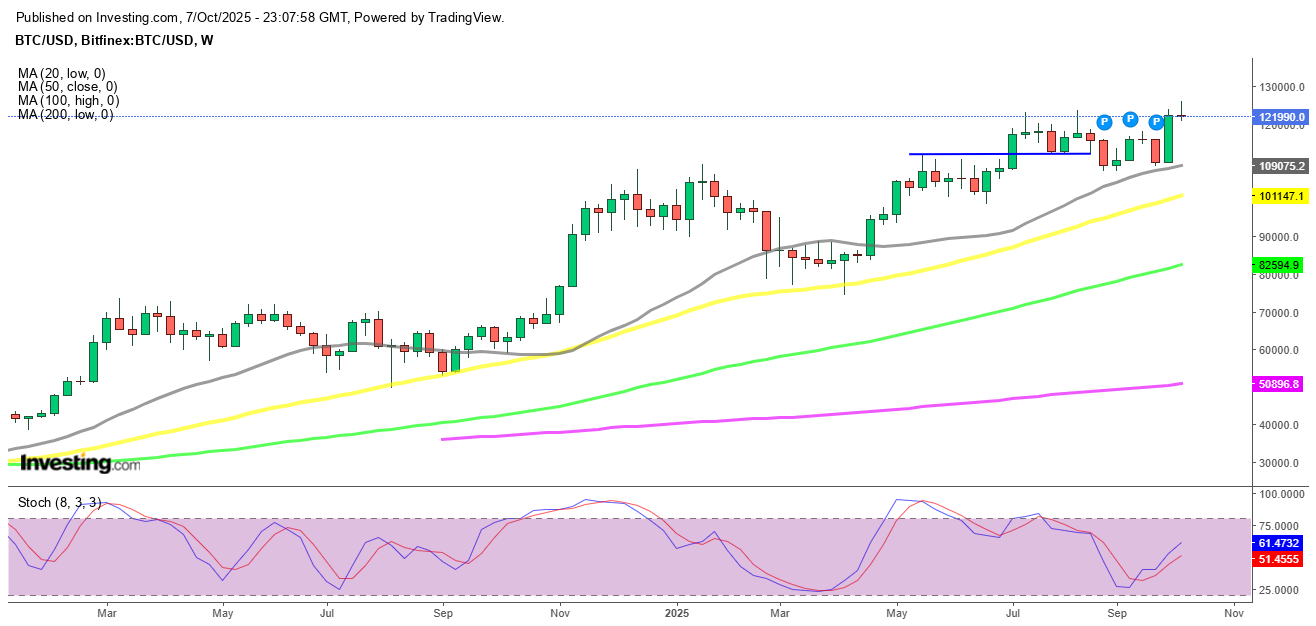
BTC/USD – Weekly chart
Ethereum Returns Below $4,500 Again
Ethereum (ETH) has been similarly strong, surging toward $4,800, its highest since 2021 and near its all-time peak of $4,860. Despite a dip last week, ETH found support at the 20-day SMA, with retail enthusiasm and renewed institutional participation driving fresh upside momentum. However buying resumed and on Sunday ETH/USD printed another record at $4,941 but we saw a retreat which sent ETH below $4,000. Yet buyers are back and now ETH is heading for $4,500.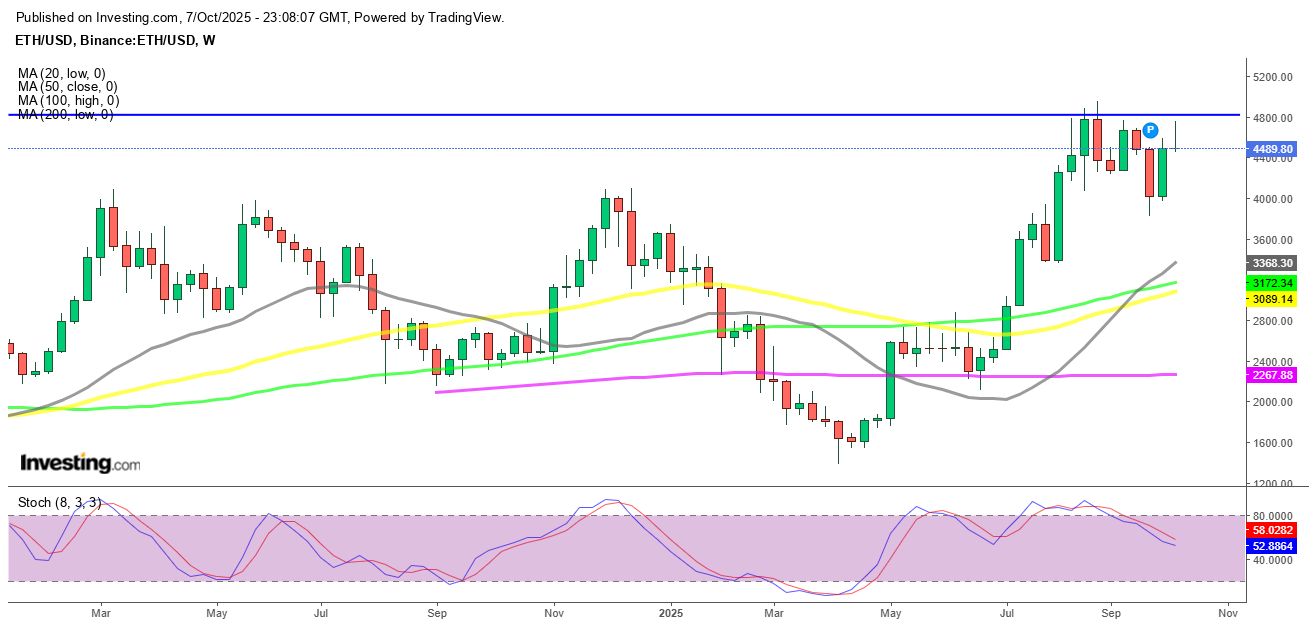
ETH/USD – Weekly Chart
- Check out our free forex signals
- Follow the top economic events on FX Leaders economic calendar
- Trade better, discover more Forex Trading Strategies
- Open a FREE Trading Account

